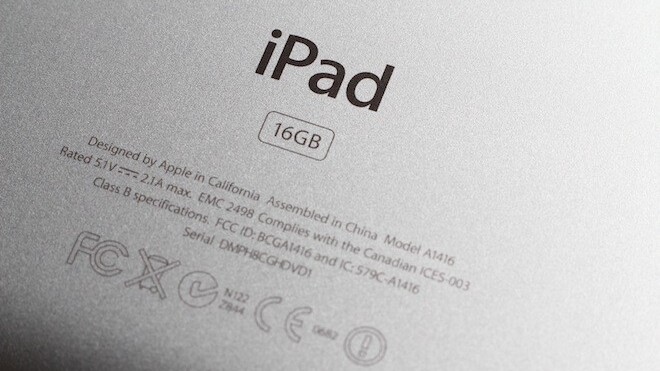
Over the past several days there have been issues raised about how the new iPad reports its battery charge levels. The general issue surrounds the fact that the iPad appears to continue charging after the battery gets to the 100% mark.
This led some people to cry foul, saying that Apple wasn’t reporting the charge levels correctly, using ridiculous words like ‘lying’. But it turns out that this behavior is nothing new to iOS devices, in fact, the iPhone and iPod touch also exhibit this charging trait.
The confusion stems from the fact that the devices are allowed to charge up to 100%, then discharge slightly, then begin charging back up to full. This is a process that ensures that the battery remains as close to a full charge as possible. Lithium-ion batteries, like the one used in the new iPad, cannot be trickle charged due to concerns of over charging and detrimental effects to battery life, so this is the safest way to ensure that it stays topped off.
The revelation was made by Apple Vice President of Product Marketing Michael Tchao in a statement to All Things D’s Ina Fried. “That circuitry is designed so you can keep your device plugged in as long as you would like,” Tchao told the publication. “It’s a great feature that’s always been in iOS.”
Tchao says that even at the ‘low ebb’ of this cycle, users of the new iPad can expect the numbers that Apple has promised with regards to battery life. Having the numbers go up and down with every tick of the charge at 100% would simple lead to customer confusion, so Apple decided to just report that the battery was full, as you’re getting the entire promised life of the battery anyway.
The battery inside the new iPad is some 70% larger to support the more power-hungry Retina display and LTE wireless chip. This contributes to its inability to charge while under load, as the power adapter cannot keep up with the demands of operation and charging at the same time. In profiling the battery of Apple’s new iPad, we came to the conclusion that it seems likely we’ll see an iPhone with LTE in the near future.
If you’d like to read more about Apple’s new iPad, you can read our review here.
Get the TNW newsletter
Get the most important tech news in your inbox each week.





